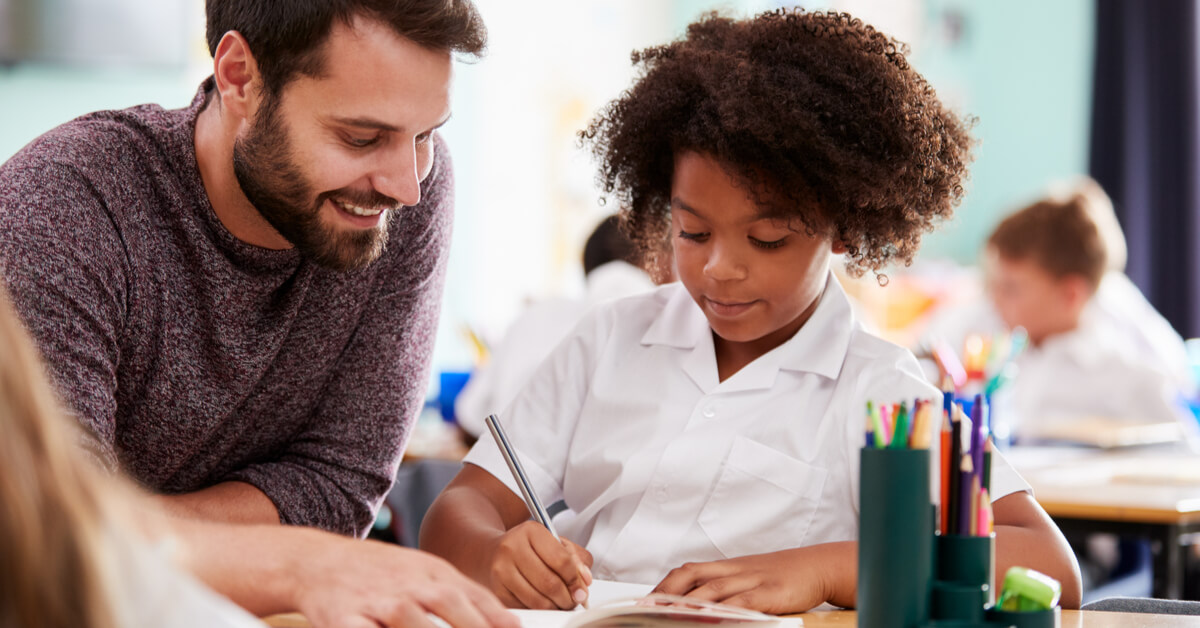The primary reason I began to transition my Humanities classes to a Project-Based Learning program was to improve student engagement. I was struggling to keep my students motivated and working hard on the tasks at hand. With the implementation of a PBL classroom, students had more agency and purpose, leading to an increase in intrinsic motivation and engagement. What I didn’t realize until later was the important role SEL played in making my students much more successful.
Shortly after I attended PBL World and began using PBL and Guided-Inquiry in my classes, I attended a workshop on the relationship between neuroscience and education. I read books such as Make it Stick, How We Learn, and Neuroteach, as well as designing, in collaboration with Six Seconds, two OESIS PD Pathways on Social Emotional Learning. I was surprised to discover, during all of this research, that student engagement (or Hot Cognition, as Six Seconds calls it) is a fundamental piece of the SEL equation and an integral part of making learning stick. Having previously thought that SEL only concerned the “soft skills,” such as self-regulation and conflict-resolution we worked on in our advisory program, I had missed all…


